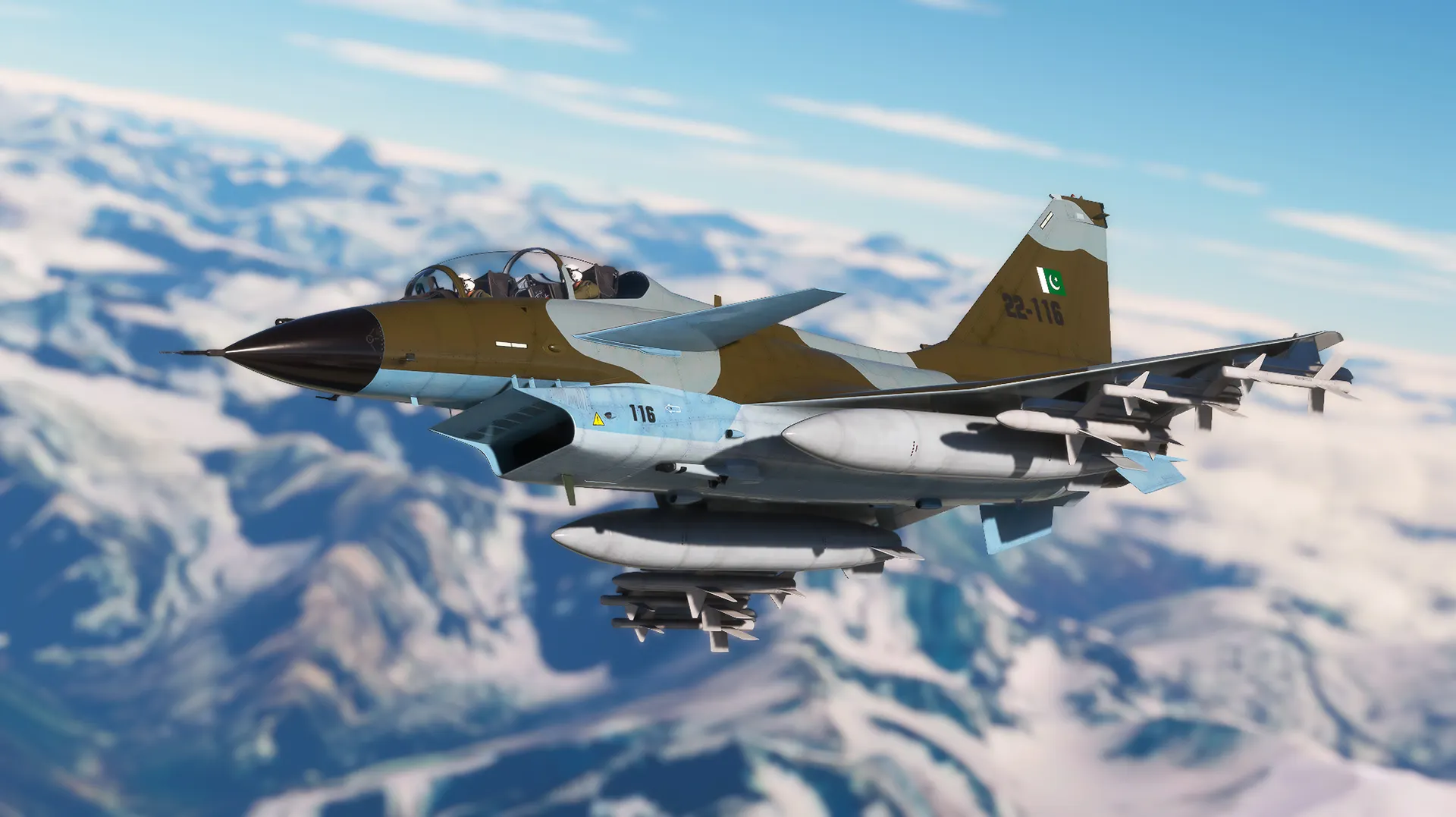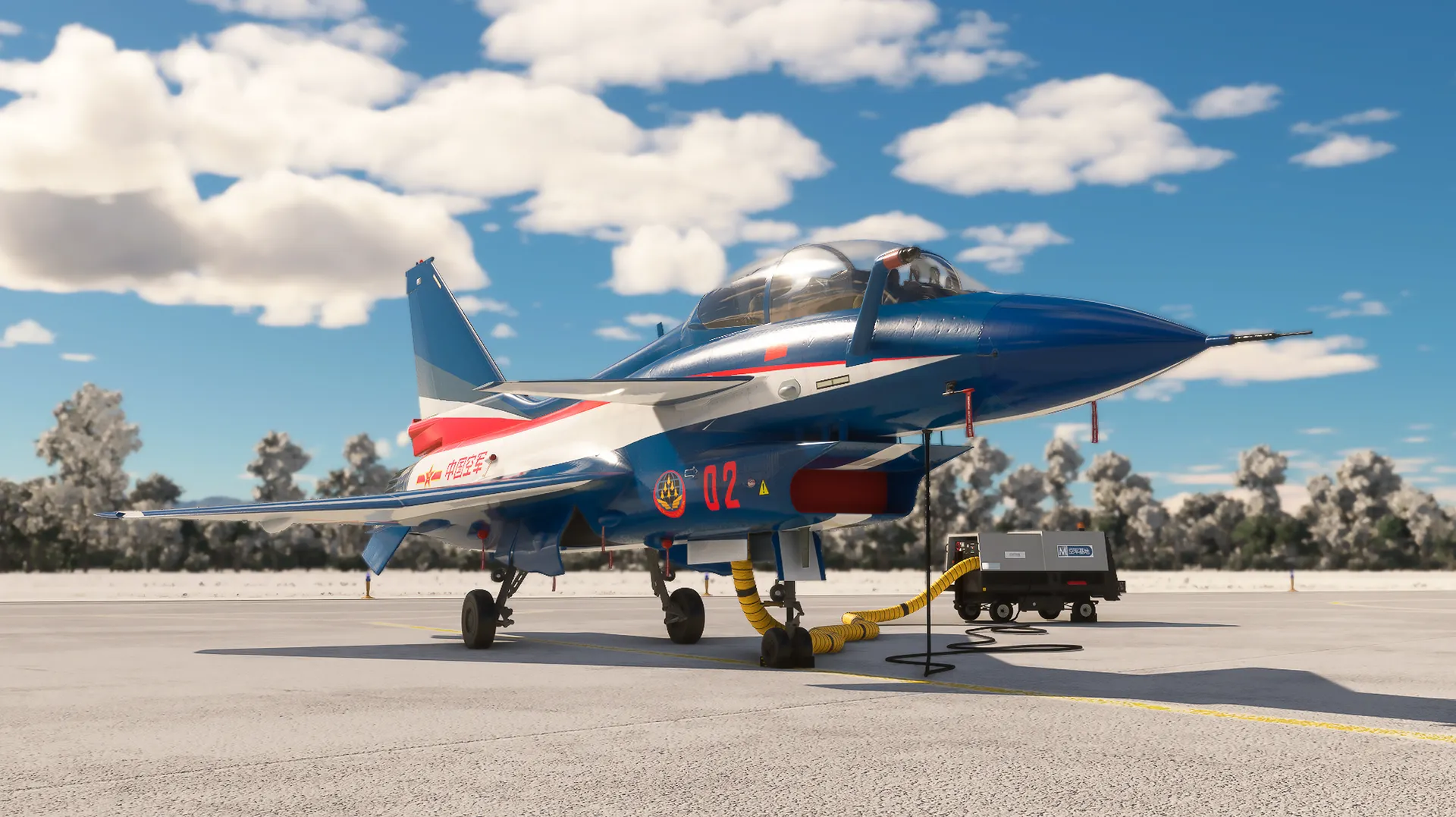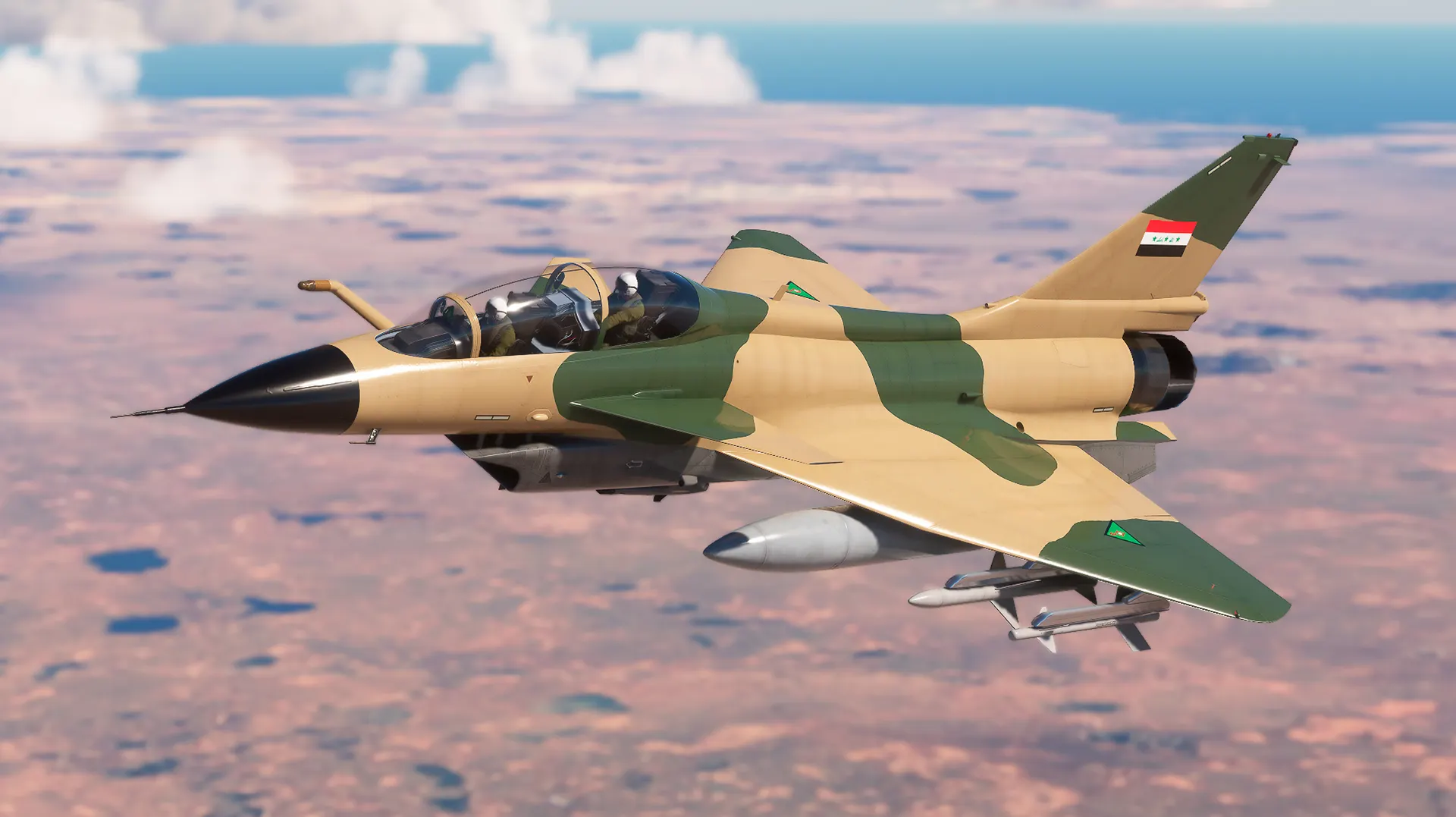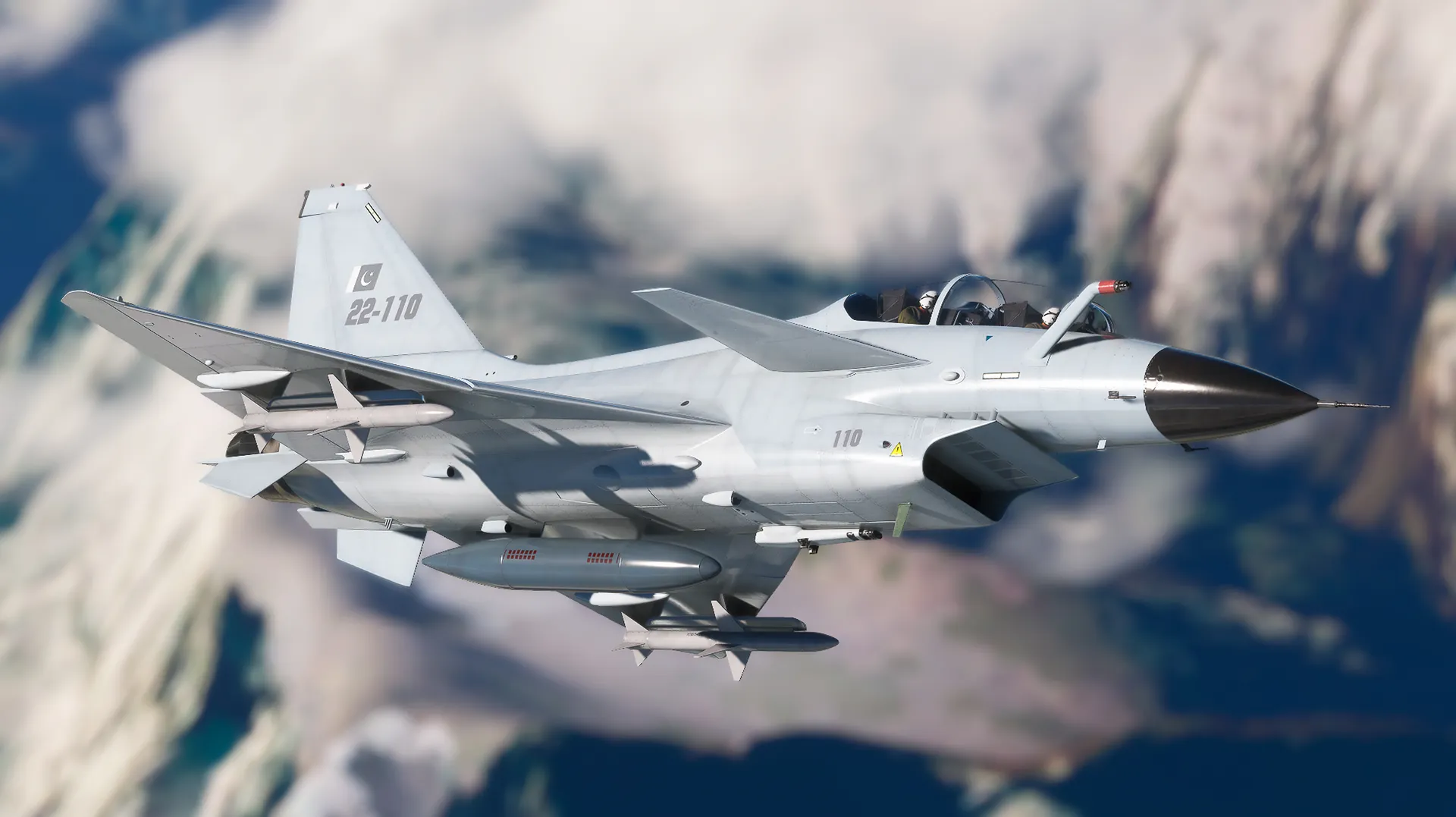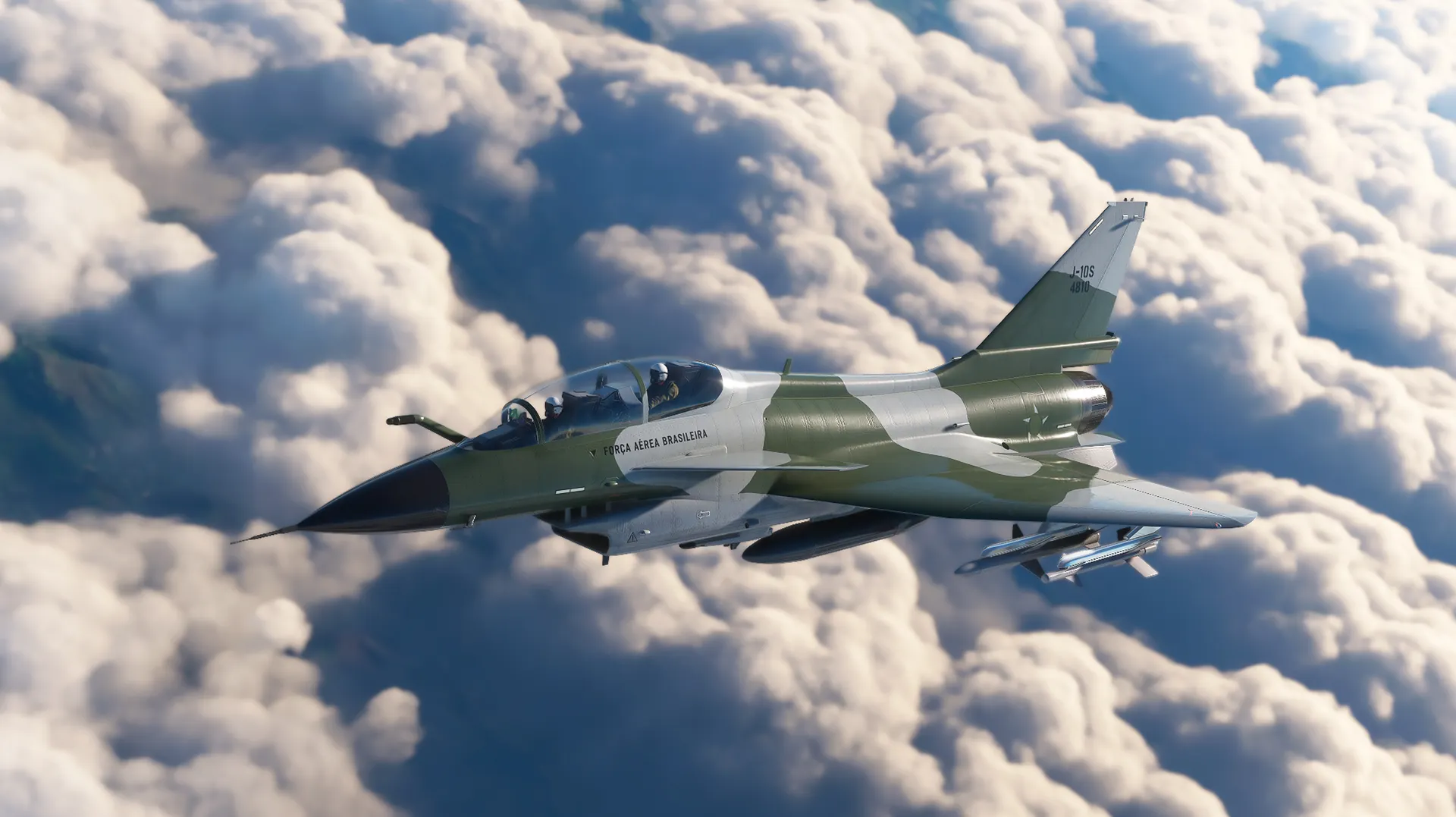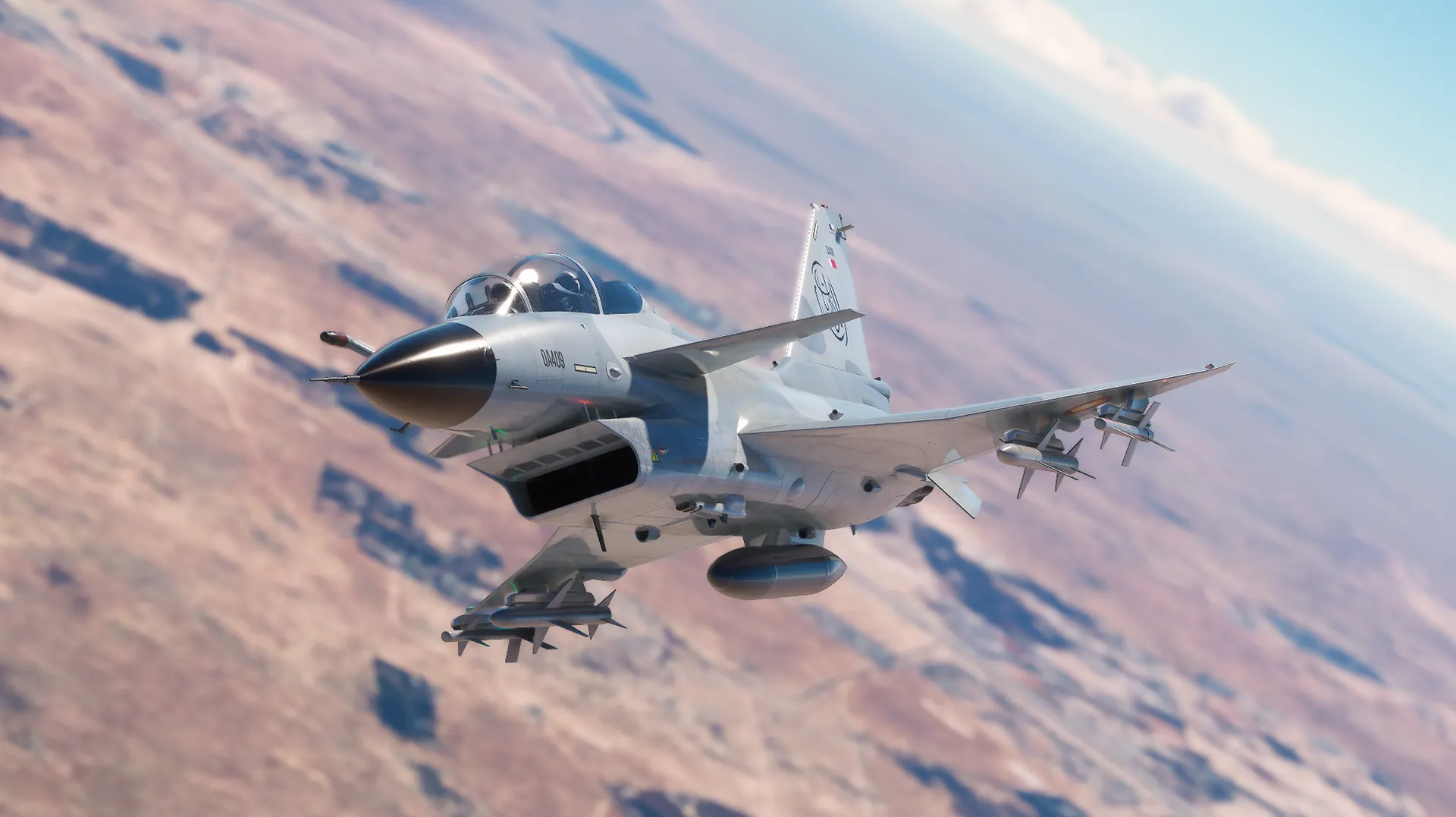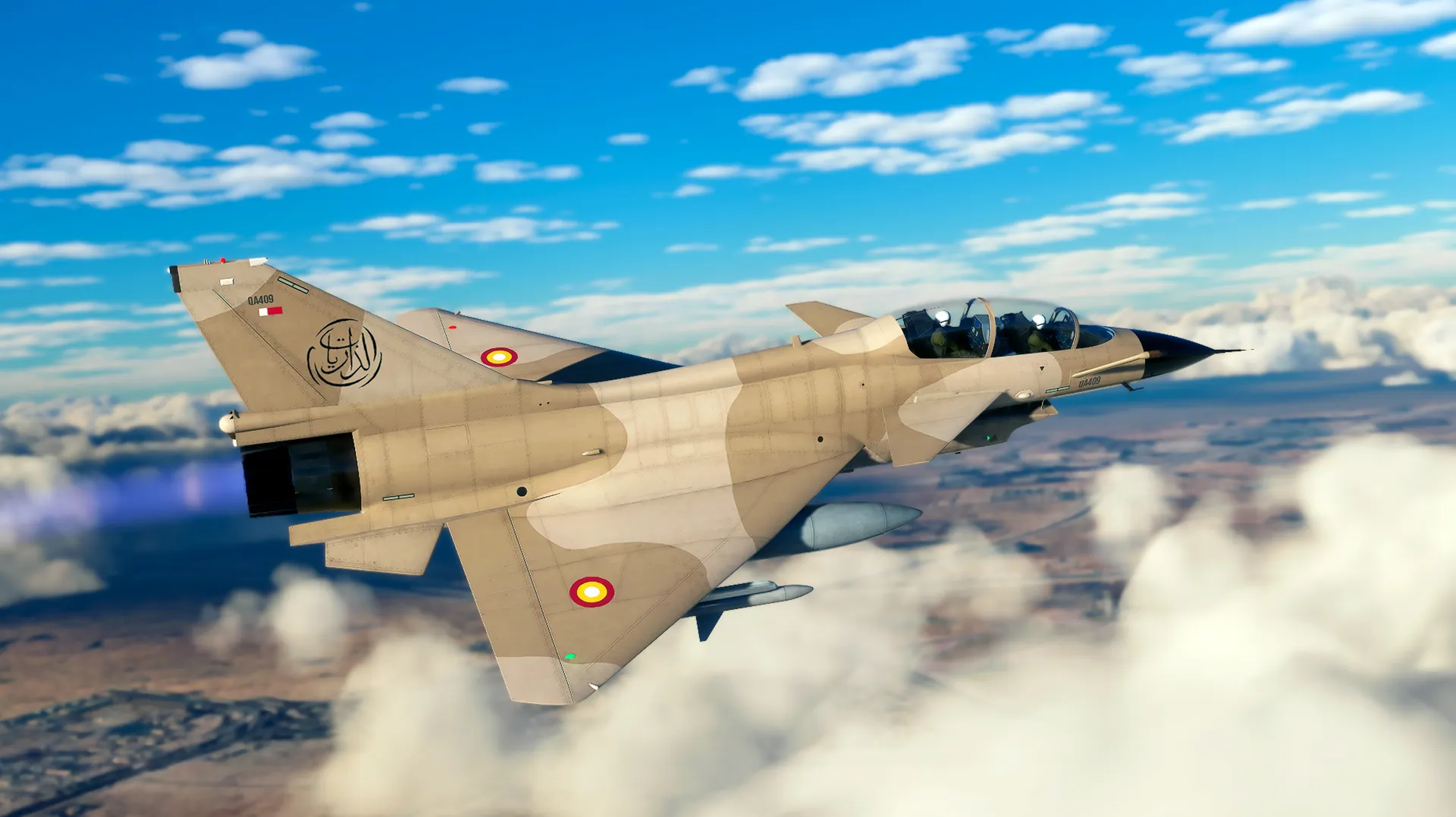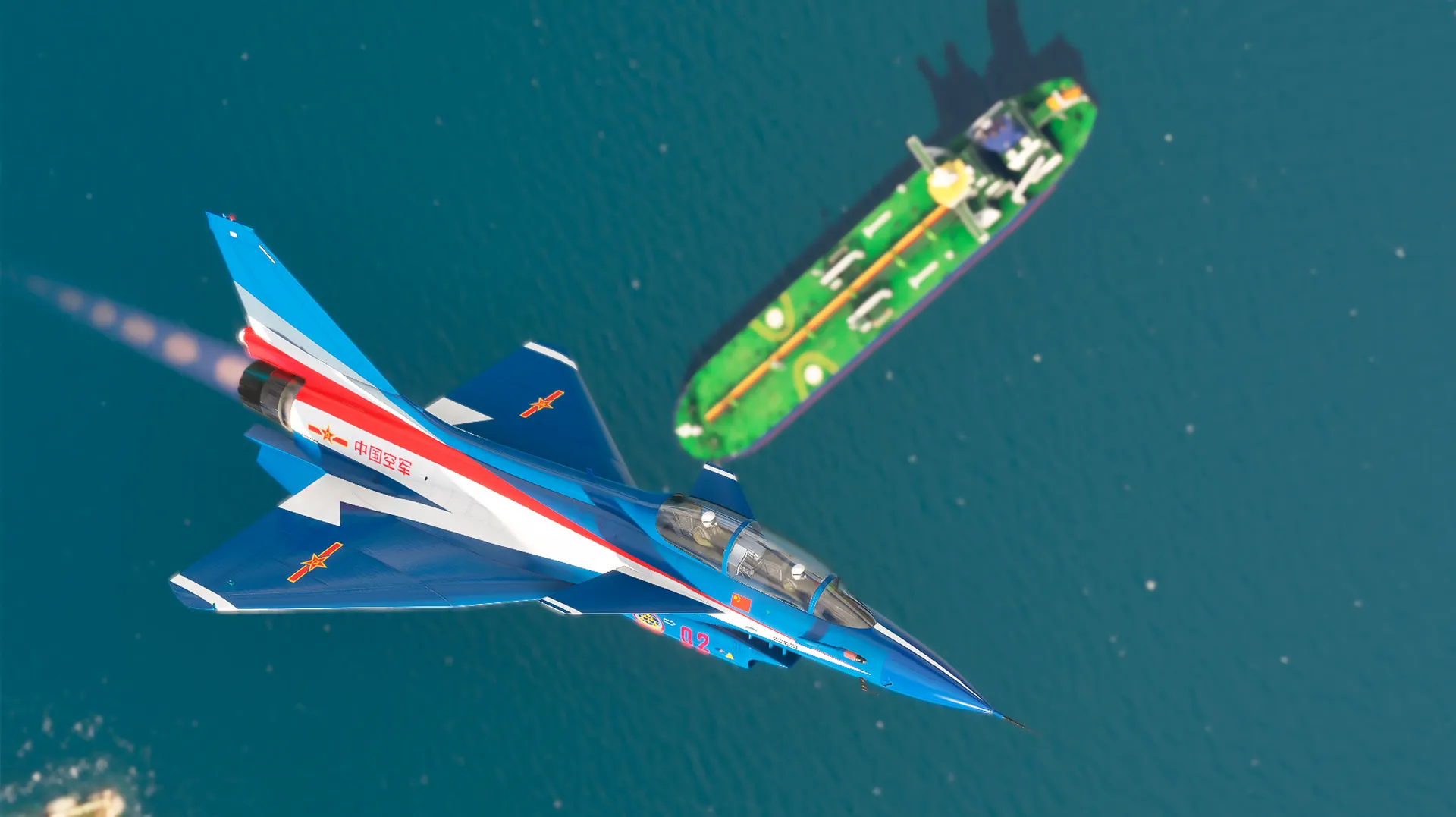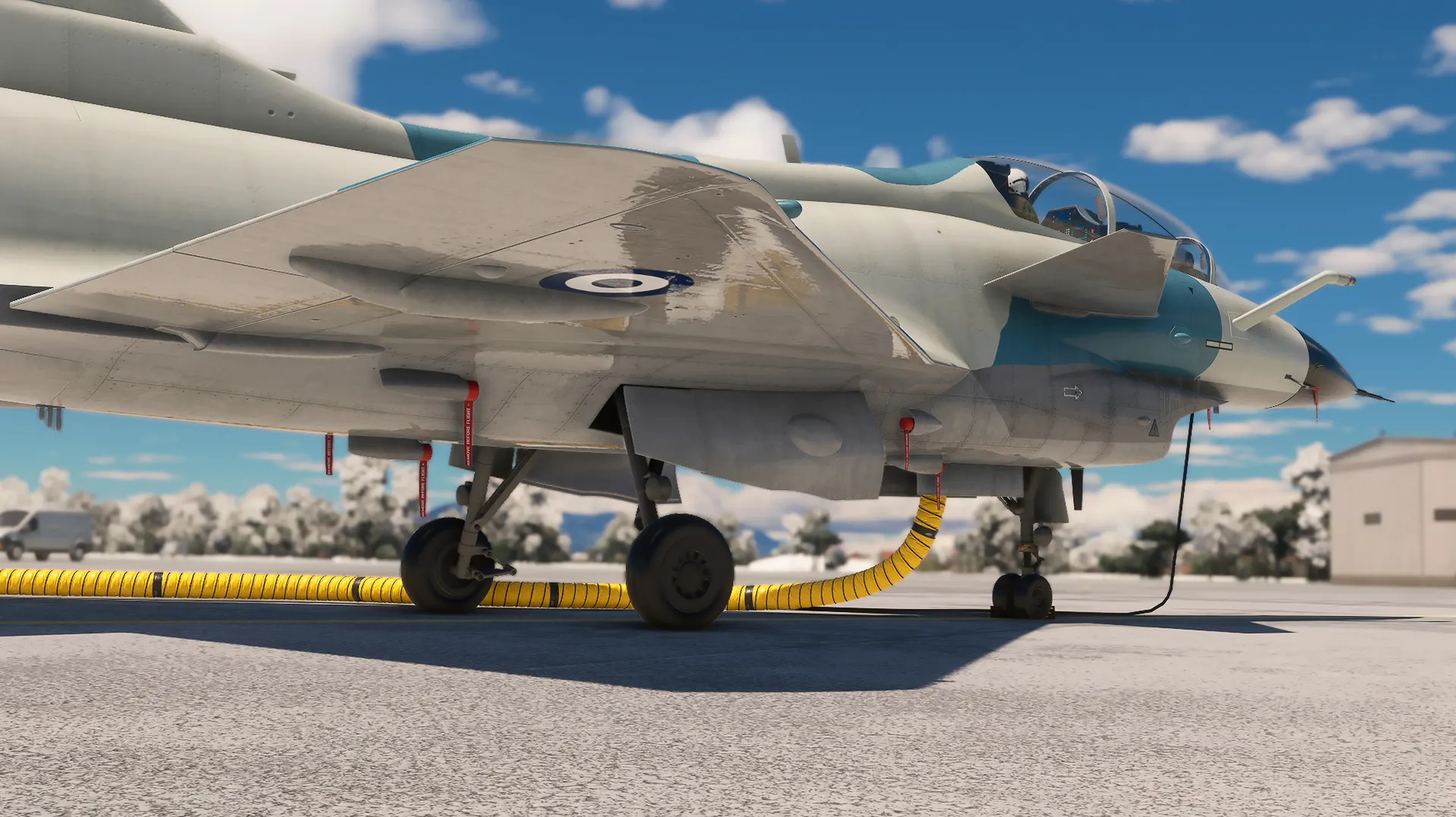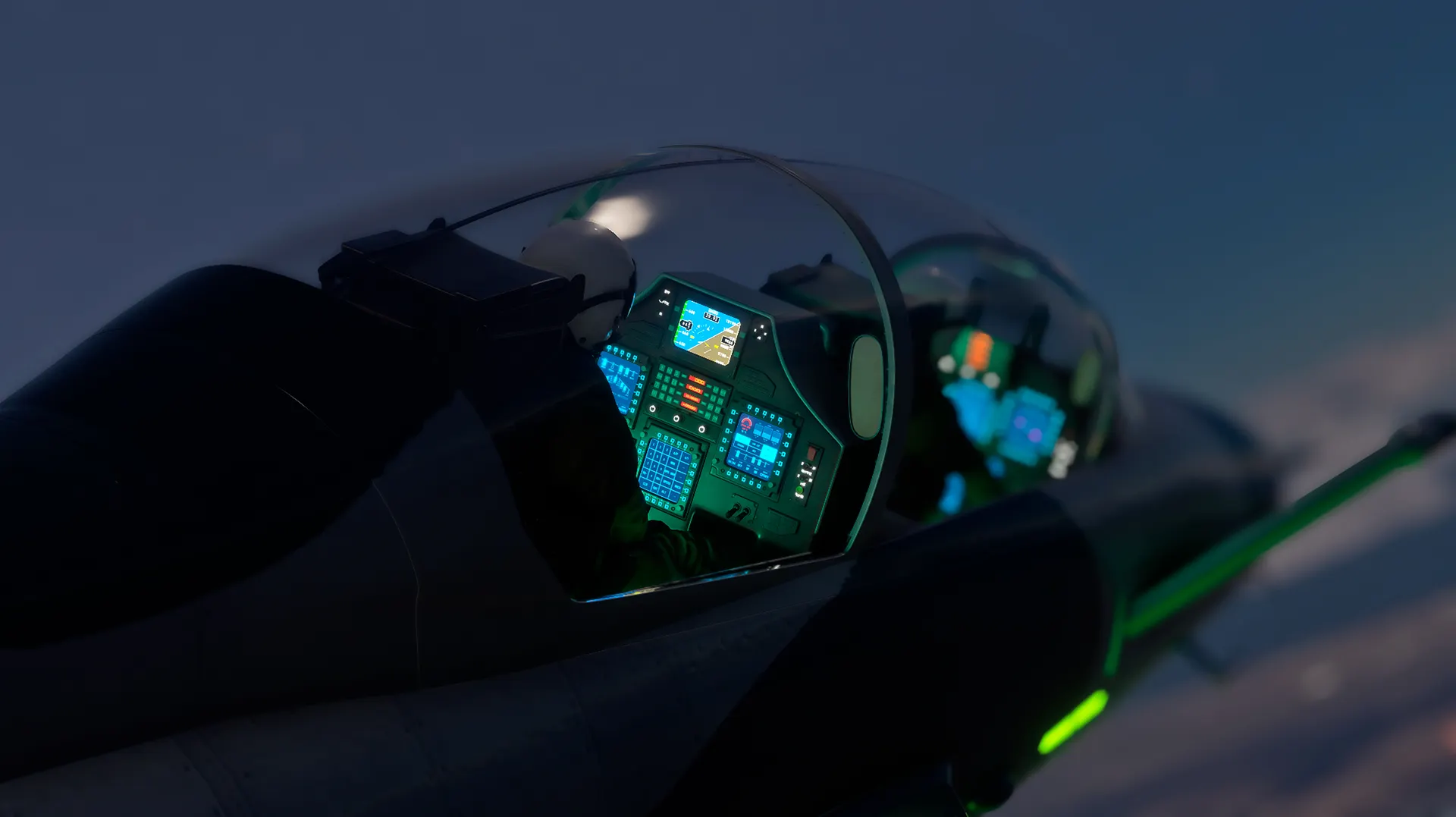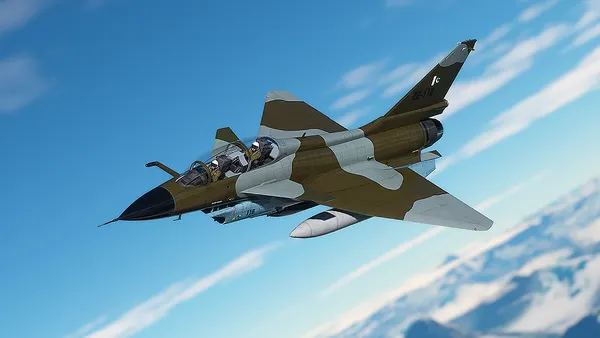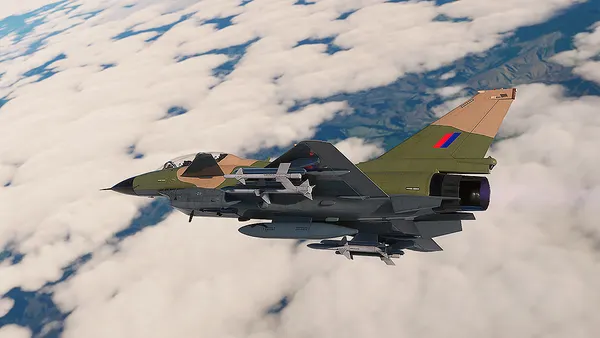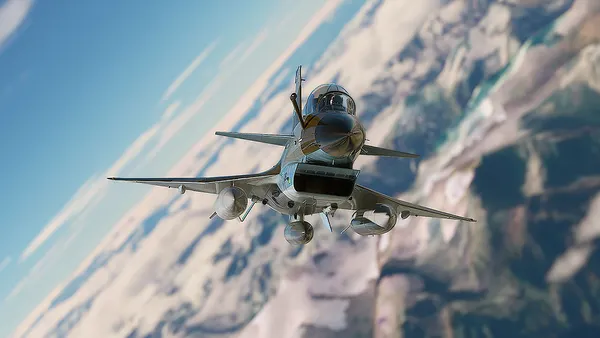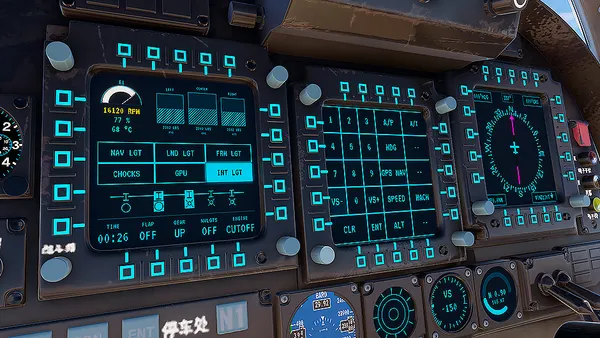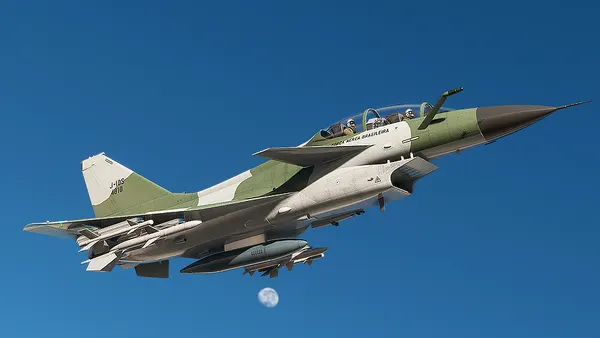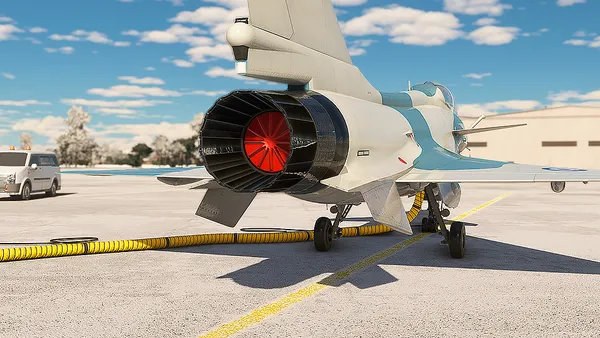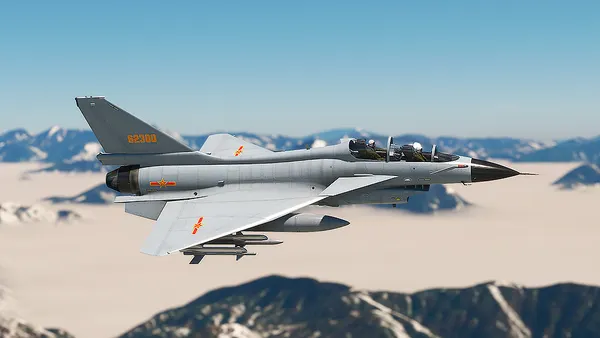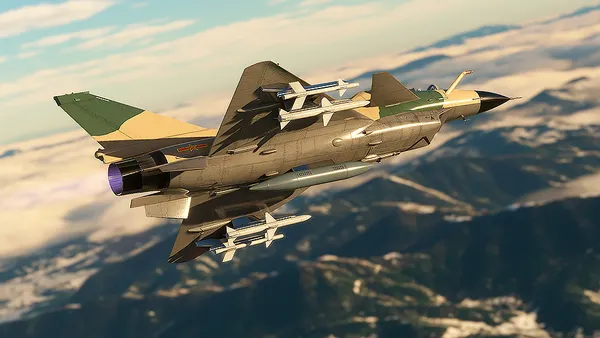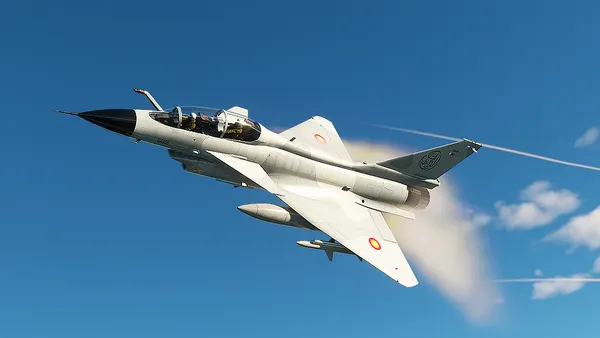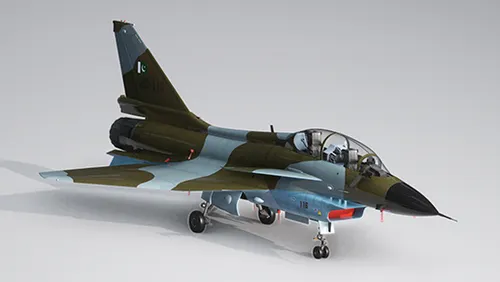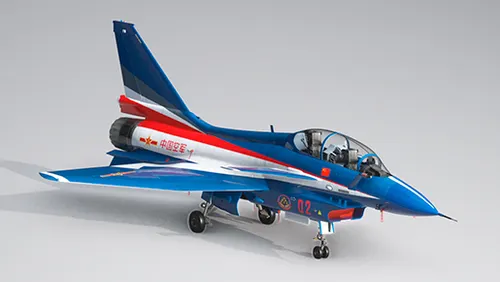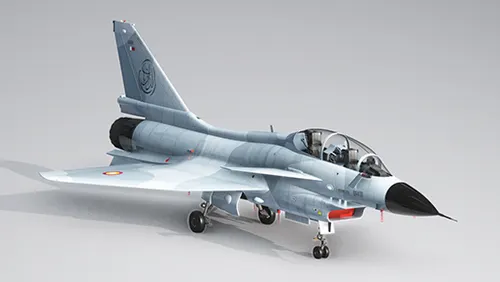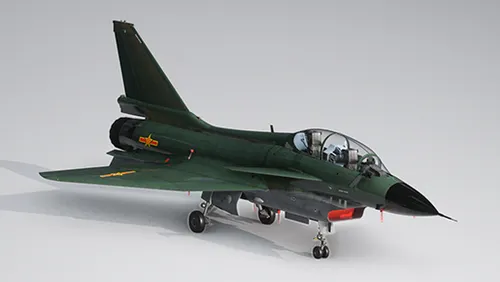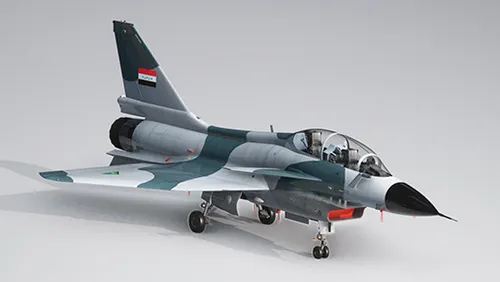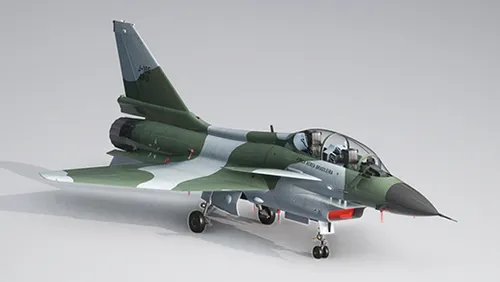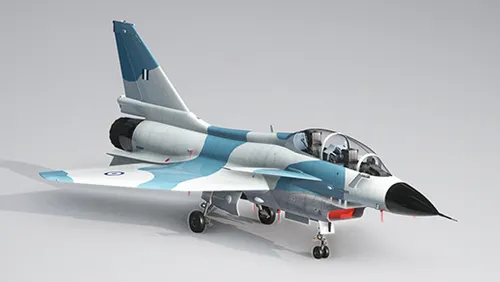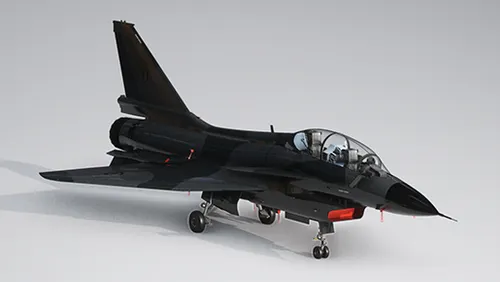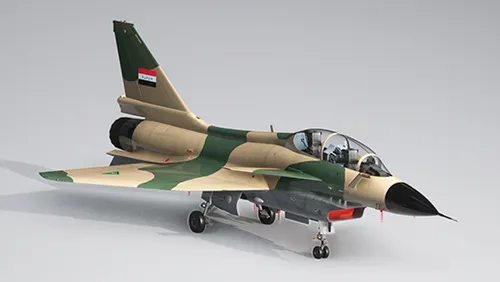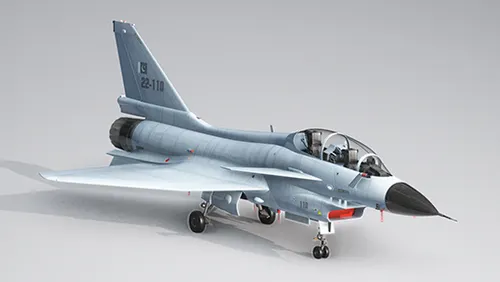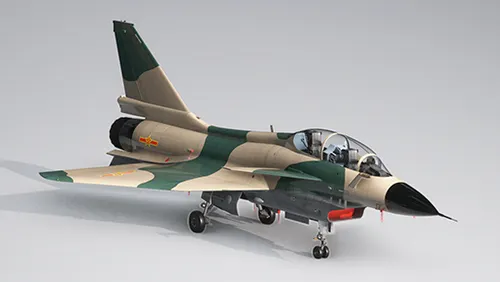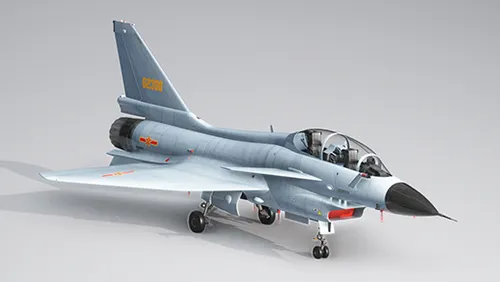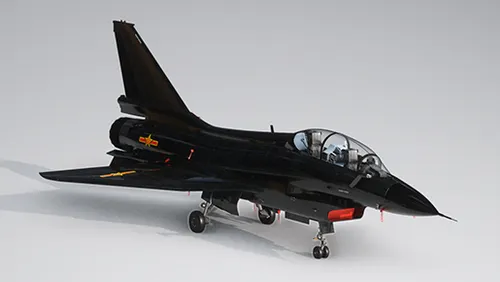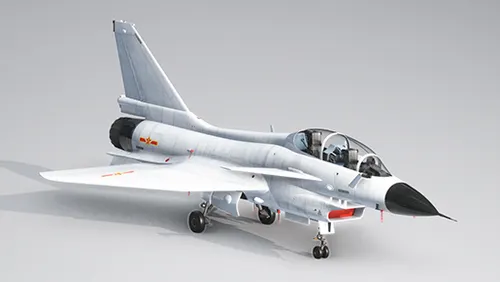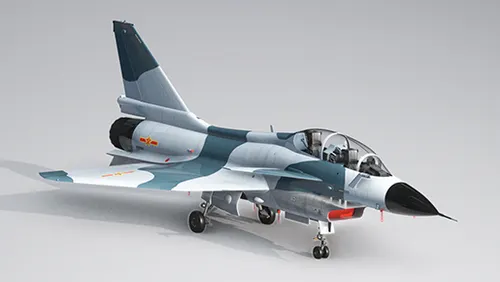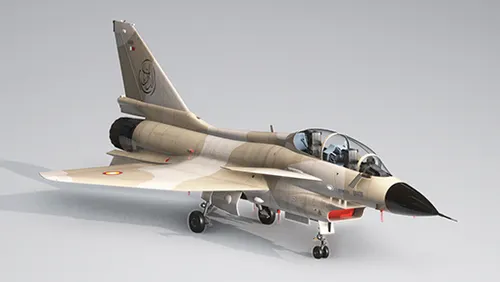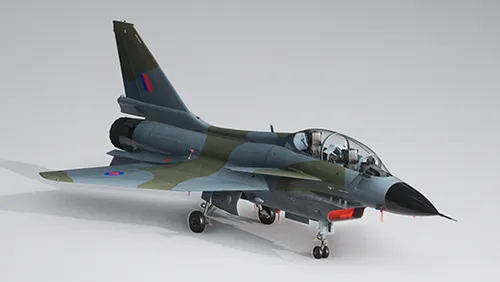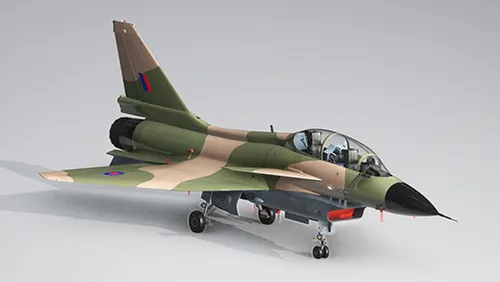- USD 24.49
- View more offers at FS Addon Compare
- Added: October 30, 2025
- Updated: November 28, 2025
Fly the Chengdu J-10S, the two-seat, tandem version of the Vigorous Dragon designed for training and leading strike missions with the same footprint as the J-10A. With a delta wing, canards, and a top speed approaching Mach 1.8, it combines agility and fine control in high-angle-of-attack maneuvers. The J-10S entered service in 2006, shortly after the two-seat model was certified, featuring an enlarged backbone to accommodate avionics and allow the rear crew member to act as WSO in air-to-ground and air-to-air missions. Operated by the People's Liberation Army Air Force (PLAAF)—and also employed by the Chinese Naval Aviation (PLANAF)—the J-10S maintains a modern cockpit with a HUD and MFDs, helmet-mounted sight, and integration of pods and guided missiles, inheriting the J-10 family's "multirole" philosophy. Outside of China, the J-10 family equips Pakistan in export versions, underscoring the project's maturity. For simulation, our J-10S arrives tuned for responsive flight, interactive systems, and 4K PBR textures—mission-ready. It will come with 18 liveries for you to choose from and fly.
RESOURCES:
AP Management System Easy Cold Start Improved physics Bay weapon animations Detailed interior Night lights 15 different paints in the livery menu Sounds Friendly fps
HOW TO PLAY:
When you start on the runway, your aircraft will be ready for flight. When starting cold and dry, consider pressing the STARTER button on the MFD screen in front of you. Wait 1 minute for the engine to fully start and monitor the EICAS (first screen on the left panel) as the engine RPM and temperature increase to the ideal level. Meanwhile, you can experiment with the Chocks or GPU display. The takeoff run should be smooth, and the aircraft will take off without difficulty using the electronic flight management system.
Using the Autopilot is simple, but requires prior guidance: you must click on the desired function before starting to type. Use the ENT buttons to confirm what you've typed or CLR to clear and type again. It's always necessary to click on the desired function before typing. Consider always starting to configure your AP by maintaining altitude, so first press the ALT button and then enter the desired value, and press ENT if the final value has less than 4 digits. Above 5 digits, the value is automatically applied by the AP. Next, set your desired speed or HDG, or even GPS navigation mode. If you want to remove speed control, click the A/T button in the upper right corner of the screen. Consider using the VS+ and VS- buttons to interact with climb mode.
IMPORTANT: Avoid using Mach control during climbs to avoid constant acceleration and deceleration. During the climb phase, if you want to use A/T, use the normal SPEED control in knots. After stabilizing your altitude, change to Mach if desired. The radio screen works similarly: click on the frequency type you want to change (COMM 1 or XPNDR) and enter the desired frequency, pressing ENT when finished, or CLR to clear your entry.
Its MDF panel displays local time, landing gear status, navigation light status, and flap status. When landing, your landing speed should be around 190-220 knots, due to the aircraft's delta shape.
Quick View 5 in the cockpit is a fixed camera on the outside of the aircraft with a HUD, for tactical flight similar to aerial combat games.
Enjoy!
IMPORTANT: THE DEVELOPMENT OF THE J-10 PROJECT FOR MSFS BY MARINE RM OCCURRED IN PARALLEL WITH THE J-36, THEREFORE, THE TWO AIRCRAFT SHARE SIMILARITIES IN THE CABIN AND FLIGHT SYSTEMS. CONSIDER THAT IT IS NOT AN AIRCRAFT CREATED TO FLY AT A STUDY LEVEL, BUT RATHER WITH VERY HIGH VISUAL QUALITY AND GAMEPLAY FOR XBOX AND PC.
FAQ directly from the website: https://www.roprodaudiovisual.com/j-10s
